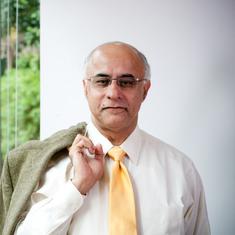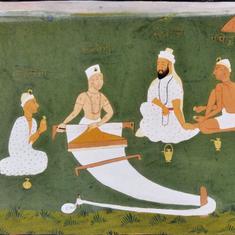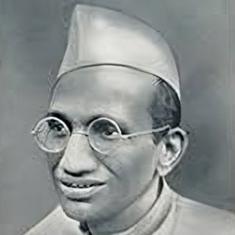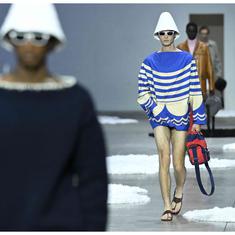India was home to one of the world’s oldest “university-like” institutions, if not a university in the modern sense. The statement, however, reflects presentism, imposing contemporary meanings in the past. Therefore, it is no exaggeration to assume that Nalanda Mahavihara was a unique ancient institution of higher education with no other contemporary institution matching its excellence. Although Takshashila was an older, renowned institution on the Indian subcontinent, the intellectual contributions of Nalanda Mahavihara have had a far greater and fundamental impact on the modern and contemporary world. The global transmigration and diffusion of ideas from Nalanda is well documented and visible in our life-world.
A modern spirit
The recent title Nalanda: How It Changed the World by Abhay K captures the story and impact of the Nalanda Mahavihara on the modern idea and architecture of the university, along with an advanced scientific understanding of the world we live in. The book modifies the presentist approach by putting it upside down, and explains the idea and architecture of the modern university as a product of an intellectual and architectural movement initiated by the ancient Nalanda Mahavihara.
Abhay K highlights the aspects of Nalanda that identify with the modern spirit of scientific enquiry and knowledge creation. Certain systems of enquiry and knowledge systems developed at the Mahavihara are still integral to the understanding and evolution of our material and spiritual surroundings. The book takes us into the ancient origins and evolution of Nalanda, its culmination as a Mahavihara, and the sad decline and destruction of an institution that was once the fulcrum of the most advanced and revolutionary ideas known to humankind.
It is not a coincidence that the emergence of Nalanda Mahavihara took place in the suburbs of the most powerful capital city in northern India, given the symbiotic relationship between knowledge and political power. The book captures that Rajagriha (Rajgir in contemporary Bihar) was already a seat of power and knowledge before the development of Nalanda as the highest seat of learning and research. The city was known for the time spent in it by the greats – Jain Mahavira, Gautam Buddha and a number of other philosophers with different worldviews, including the heterodox Ajivakas and Lokayatis. The increasing political power and imperial ambitions of the city engaged and patronised the finest of scholars and philosophers from around the known world. The city emerged as a seat where a victory in debate established the prowess of a scholar.
With the passage of time and the increase in the scale of the city and its political engagements, the political powers in Rajagriha decided to develop the nearby Nalanda village as the seat of knowledge, intellectual power and legitimacy. The book illustrates a couple of incidents when scholars from the southern part of the Indian Subcontinent came to seek recognition and livelihood through debate and became an integral part of Nalanda.
Although Nalanda, as the known Mahavihara (university), emerged in the 5th century CE during the Guptas, King Ashoka had initiated it as a centre of Buddhist excellence with the establishment of a monastery. The Buddhist outlook, however, did not mean exclusion from other philosophical discourses as they thrived in the teachings, debates and scholarship on campus in Nalanda after the 5th century CE. This seat of knowledge stimulated the intellect and kindled the imaginations of the best minds of its time till its unfortunate decline and destruction.
The book traces the trajectory that marks receding patronage, increased influence of rituals and the tantric Vajrayana Buddhism rather than the initial contemplative and scientific spirit in the later life of the institution. Nalanda attracted invaders who saw and equated it as the beacon of power of the emperors-in-charge. The ultimate blow was given by Bakhtiyar Khalji after which the university never returned and went into oblivion until its rediscovery.
Multidisciplinary knowledge
The book has taken a different approach from that of the historians. The author’s mission through this is to highlight and tell the world the story of the seminal contributions that Nalanda Mahavihara made through its network of scholars and institutions established by them. Reading the book gives an insight into the ancient Indian culture of debate and argument that respected knowledge and treated it as a product of merit, mutual interaction and a heritage of humankind. Several important lessons may also be taken on the organisation, funding and the purposes of a university, as a few illustrations in the book are to be noted.
The book refers to the recursive argumentation, inter and multidisciplinarity as the popular academic approaches at the Nalanda University. The recursive method, extensively used at Nalanda, is relevant to the exercise of establishing general principles and scientific theory building and testing in our times – primarily in computer science, logic and mathematics, to list a few. Multidisciplinarity at Nalanda was so important that the prestige and status of a scholar was judged not merely by the depth of knowledge but primarily by the hold, understanding and extent of the scholar’s knowledge in various and multiple disciplines.
The book notes that there was no violence among the students and scholars of different debating sects and schools at the Nalanda campus. This is remarkable as this academic ideal still inspires the best of the universities in the world. The book is a revelation of the global influence of Nalanda across time. It records the scholarly luminaries at Nalanda and the contributions of India and its intellectual network that looked towards Nalanda for learning and inspiration. The contributions of ancient Nalanda in the study of architecture, medicine, logic, mathematics, ophthalmology, art, language, translation, grammar, script, religion and book-culture are incomparable.
The global footprints of the idea of Nalanda and its intellectual traditions are visible in the reverence it receives through the names of the institutions like Nalanda Institute for Contemplative Science (US), Nalanda Monastery (France), Institut Tibetan Nalanda (Brussels), Nalandaram Retreat Centre (Brazil), Nalanda-Sriwijaya Centre in Singapore and many more in other parts of the world. One of the not-so-visible and taken-for-granted footprints is structurally embedded in our computing systems, algebra and calculus, which cannot exist as they are without the “zero” invented at Nalanda. At Nalanda, along with philosophy, there were many firsts in the field of mathematics and astronomy – like attributing sunlight as the source of moonshine, the earth rotates around its axis and many applications of trigonometric functions of spherical geometry.
The book illustrates that the ancient world might not have globalised in the modern meaning of the word but knowledge and ideas were already a global product, Nalanda Mahavihara being the most important centre of dissemination pertaining to its seminal and transforming conceptual breakthroughs in science and philosophy. These ideas travelled to other parts of Asia and later to the West, whose scientific knowledge is built on some of the strong and essential foundations that the ancient Nalanda Mahavihara has contributed to the global body of knowledge.
Nalanda was a magnet attracting curious scholars, appreciated merit and encouraged a spirit of enquiry that made its research faculty and facilities the most advanced in the world. Nalanda transformed the world with its ideas, and the impact has become part of our modern daily lives. The trajectory of the rise and fall of the spirit of scepticism and enquiry and the state of the art research, corresponds with the rise and fall of the great Mahavihara. All universities in the world may take a lesson or two from the history, architecture and legacy of Nalanda to transform the world further for the good of humankind. Nalanda: How it Changed the World is a capsule to revive that spirit.
Saurabh Mishra is a Research Fellow at the Manohar Parrikar Institute for Defence Studies and Analyses.
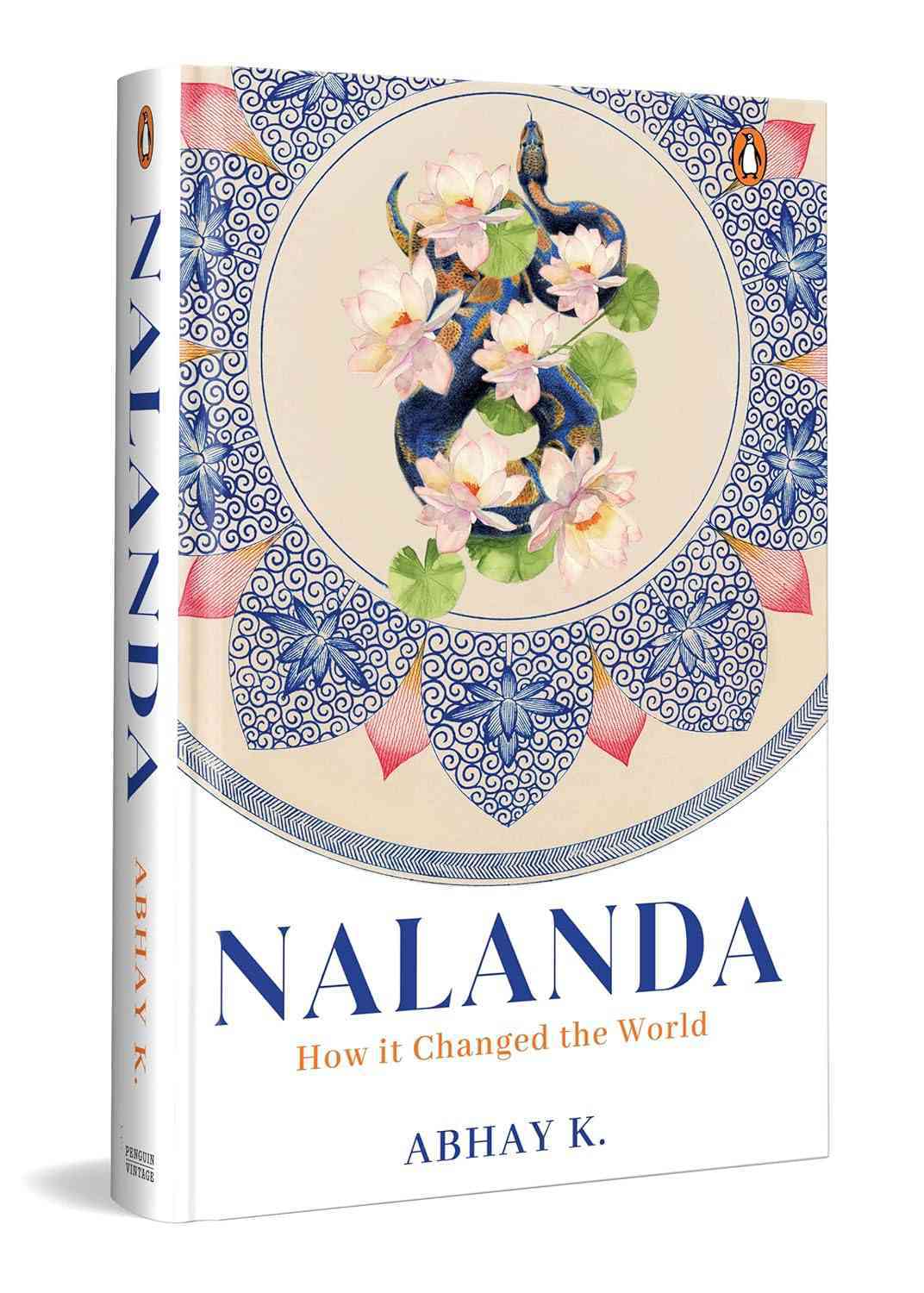
Nalanda: How it Changed the World, Abhay K, Penguin India.
